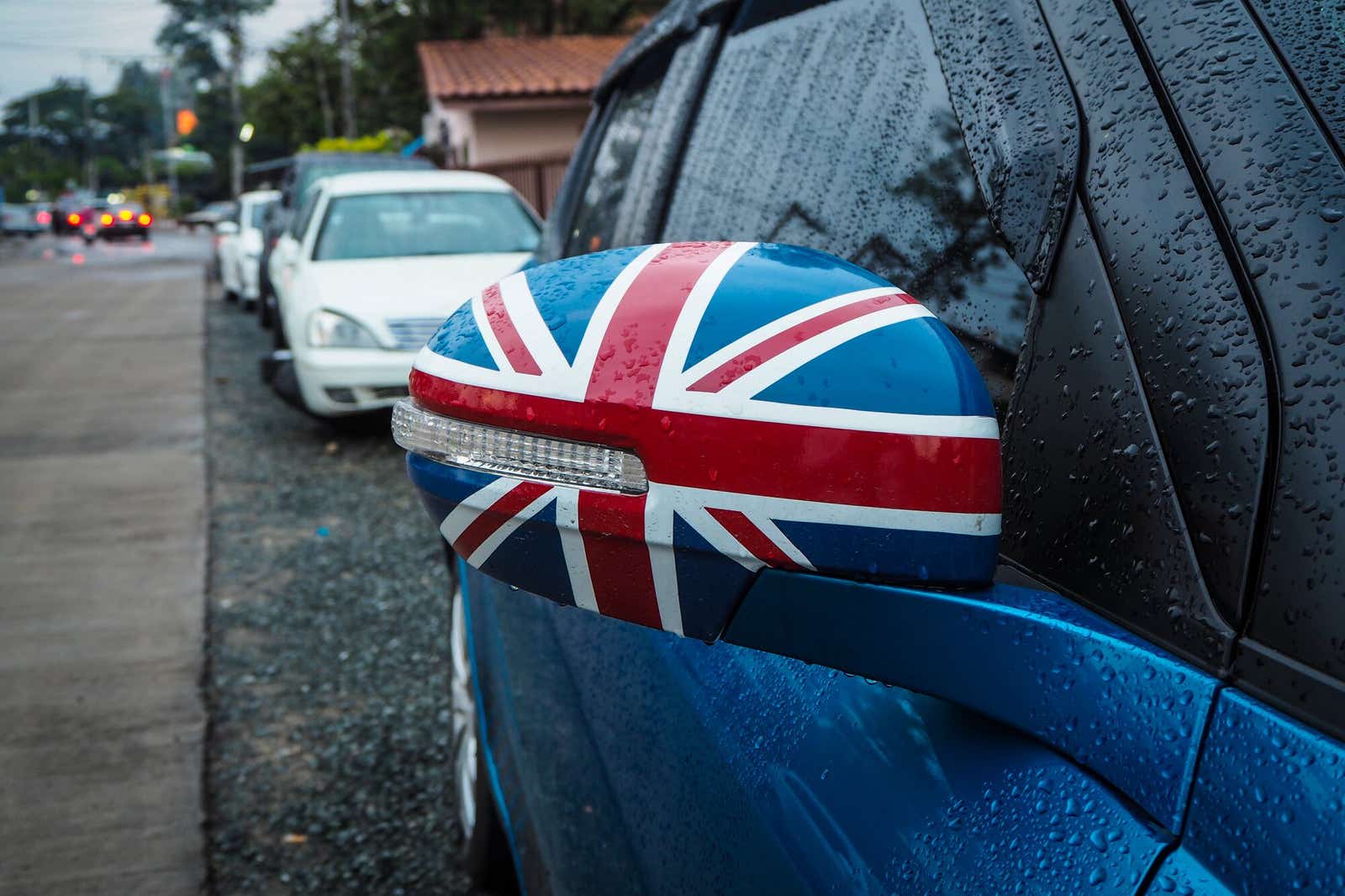Get a car insurance quote
See a range of car insurance quotes in just a few minutes when you compare with Uswitch
What is an MOT?
An MOT (Ministry of Transport) test is basically an annual check-up for your car. If your vehicle is over 3 years old, you need to get it tested every year to make sure it’s safe to be on the road and meets environmental standards.
An MOT is not optional. If you don't get one it could land you with a fine of up to £1,000, and is likely that your insurance will be void or cancelled without a valid MOT.
How to Check Your MOT History
Want to know your car’s MOT track record? Here’s how you do it:
- Head to the official GOV.UK MOT history service: Go to GOV.UK MOT History.
- Pop in your car’s registration number: That’s your number plate.
- Check out your car’s history: You’ll see: dates of past tests, mileage recorded at each test, whether it passed or failed and reasons for any failures.
Checking your MOT history can help you spot any recurring problems or advisories and sort them out before your next test.
How do I get an MOT reminder?
It's easy to set one up using the government MOT reminder service. You’ll receive a notification when your MOT is due.
Getting your car ready for the MOT
Here’s a checklist to help you get your car ready for the MOT:
- Lights: Make sure all your lights are working—headlights, brake lights, indicators, the lot.
- Tyres: Check the tread depth (it should be at least 1.6mm) and make sure they’re properly inflated.
- Brakes: If they’re squeaking or feel off, get them checked.
- Wipers and washer fluid: Replace dodgy wipers and top up the washer fluid.
- Number plates: Give them a quick clean and make sure they’re properly attached.
If something doesn’t look right, it’s better to fix it before you head to the test.
Is it illegal to drive without an MOT?
It is illegal to drive without an MOT. The only time that it's acceptable to drive without an MOT is if you're driving to a pre-arranged MOT, or driving to a place to have MOT defects fixed.
- Some cars may not require an MOT in certain circumstances for example if it's less than three years old. Always make sure you double check and verify this on the GOV.UK website.
- It is an offence to park a car without an MOT on the road
- You need a valid MOT to buy road tax (Vehicle Excise Duty – VED)
How long does an MOT take?
Most car MOTs take around 45 minutes, sometimes a little longer. Some test centres will suggest bringing in your car early in the morning and request that you pick it up when they call. Others have space pressures, so try and be a bit flexible or stick to appointment times.
What gets checked on your MOT?
There’s a long list of things that need to be checked for your car to pass its MOT.
Body, vehicle structure and general items
These must be free from excessive corrosion and damage, including sharp edges that could cause injury.
Towbars
Towbars will be assessed for secureness, condition and any inappropriate repairs or modification. Your MOT test will also verify the 13-pin electrical socket is working correctly, the speedometer is in good working order and the engine mountings are secure.
Fuel system
There must be no leaks, with pipes and hoses secure and in good condition. The fuel cap needs to fasten properly and seal securely.
Exhaust emissions
Your car must meet the rules on exhaust emissions, subject to its age and fuel type. For diesel vehicles, the MOT tester will refuse to do the test if they think that the smoke test may damage your engine.
Exhaust system
Testers will want to see that the exhaust system is secure and complete.
Seatbelts
As a key safety feature of your car, seatbelts come under detailed scrutiny as part of your MOT, as will your airbags.
Seats
MOT testers need to verify that the driver’s seat can be adjusted and that all seats are securely fitted.
Doors
Latches, hinges and catches must be secure. Front doors need to open from inside and outside the vehicle while rear doors open from outside the vehicle.
Mirrors
Your MOT tester will check for the correct number of mirrors and ensure they are in good condition.
Load security
The boot or tailgate needs to close properly.
Brakes
As an essential safety mechanism, brakes are all important in terms of your MOT. The tester will check their condition, looking out for inappropriate repairs or modifications, and their operation and performance.
Anti-lock braking systems (ABS) and electronic stability controls (ESC) are also part of the MOT test. MILs or dashboard warning lights will also be checked for the ABS, ESC, electronic park brake and brake fluid warning lights.
Tyres and wheels
There are various checks in this category, including condition, security and tread depth.
Registration plates
Your registration plates must be in an acceptable condition, securely attached, of proper colour and with characters adequately formed and spaced.
Lights
Your lights will be carefully checked to ensure they are in good working order.
Bonnet
The MOT tester will check if it closes properly.
Wipers and washers
These must work properly.
Windscreen
The condition of your windscreen will be checked to ensure the driver has a good view of the road.
Horn
Your MOT tester will ensure the horn works properly and that it’s suitable for the car.
Steering and suspension
Various checks are performed on the steering and suspension to ensure all is in good condition and in working order. MILs or dashboard warning lights will also be checked for the electronic power steering and steering lock.
Vehicle identification number (VIN)
A VIN should be on vehicles first used on or after 1 August 1980.
Electrical
Along with your battery, all visible electrical wiring is covered under the MOT checks.
What’s not covered?
Crucially the MOT is all about verifying whether your car meets legal standards rather than a general assessment of its mechanical condition. This means the MOT test doesn’t cover the condition of the engine, clutch or gearbox.
What if your car fails?
Nobody likes to hear "failed," but it happens. Here's what to do next:
- Get it fixed: The failure report will tell you what needs sorting.
- Retest: Many garages offer a free retest if you fix the issues and bring it back within 10 working days.
Remember, driving without a valid MOT is illegal.
Keeping up to date with MOT rules
The rules around MOTs are updated now and then to keep up with safety and environmental standards. Here are the most recent updates:
- Tougher emissions tests for diesel cars.
- Extra checks for electric and hybrid vehicles, especially around battery health.
For the latest updates, check out GOV.UK MOT Updates.
Busting common MOT myths
There are a lot of myths about MOTs. Let’s clear up a couple:
- Myth: You can drive without an MOT if your car is insured.
- Truth: Nope. Driving without an MOT can void your insurance and get you a hefty fine.
- Myth: New cars don’t need an MOT for five years.
- Truth: Actually, they need one after three years.
Staying on top of your MOT is key to keeping your car safe and roadworthy. With free reminder services and easy ways to check your MOT history, it’s a no-brainer.
So, don’t wait—set that reminder, check your history, and get your car ready. You’ll thank yourself later!
Get a car insurance quote
See a range of car insurance quotes in just a few minutes when you compare with Uswitch

